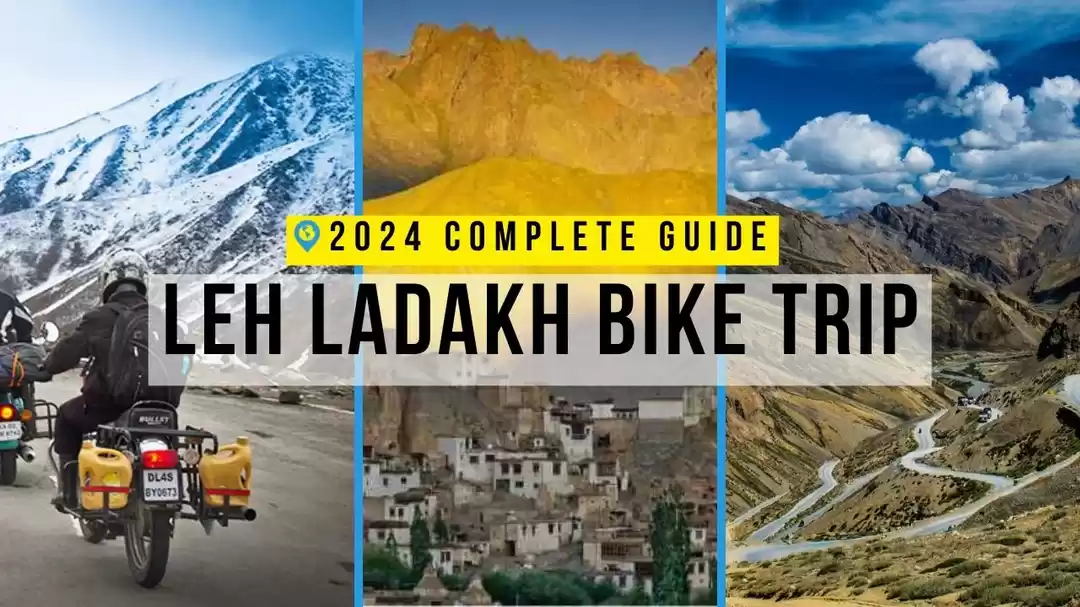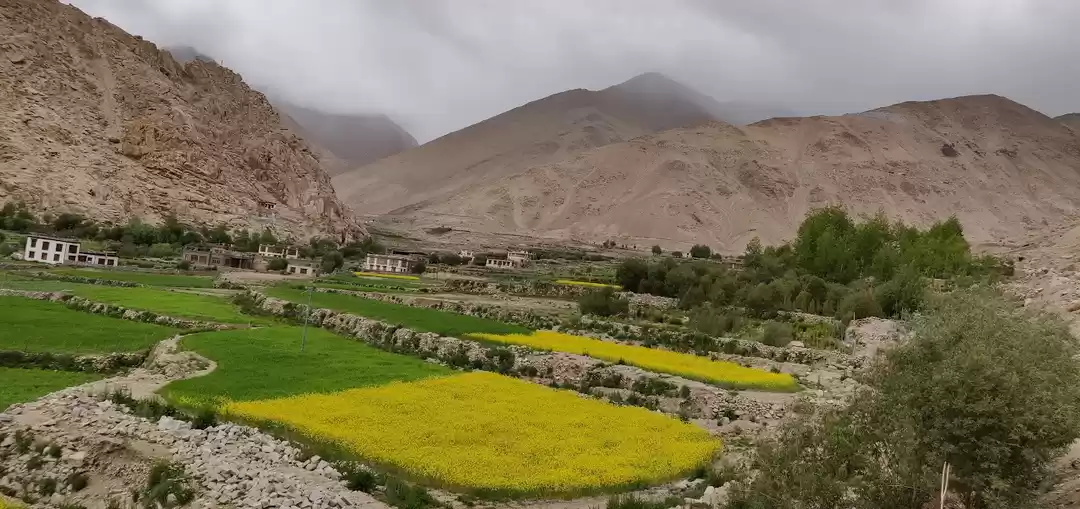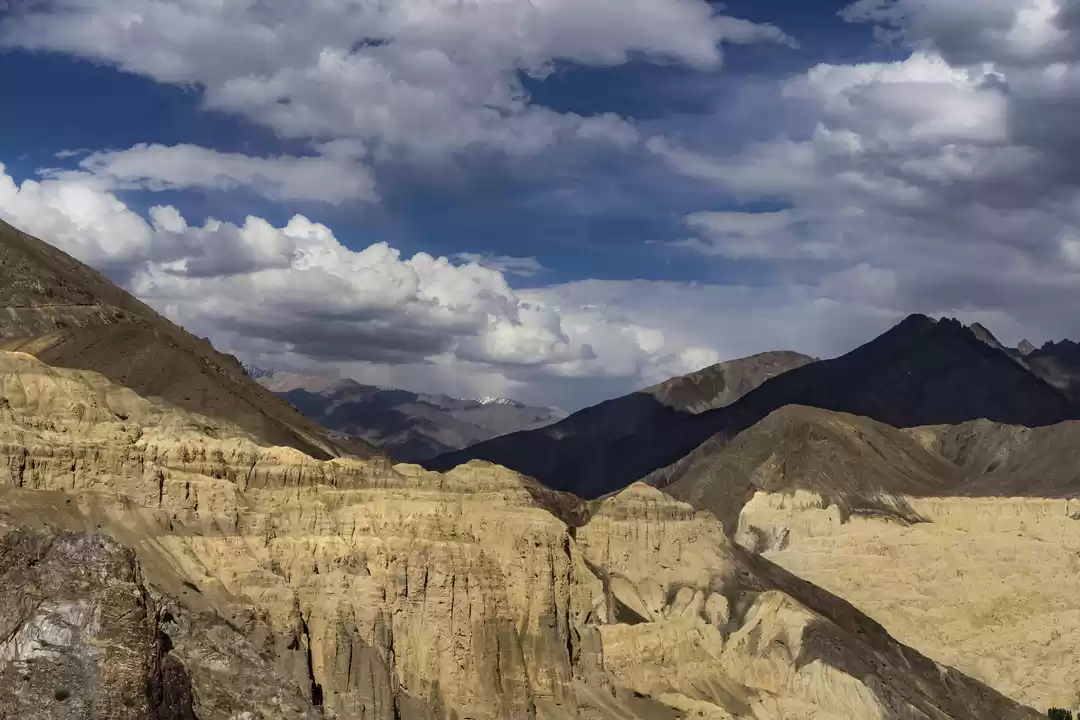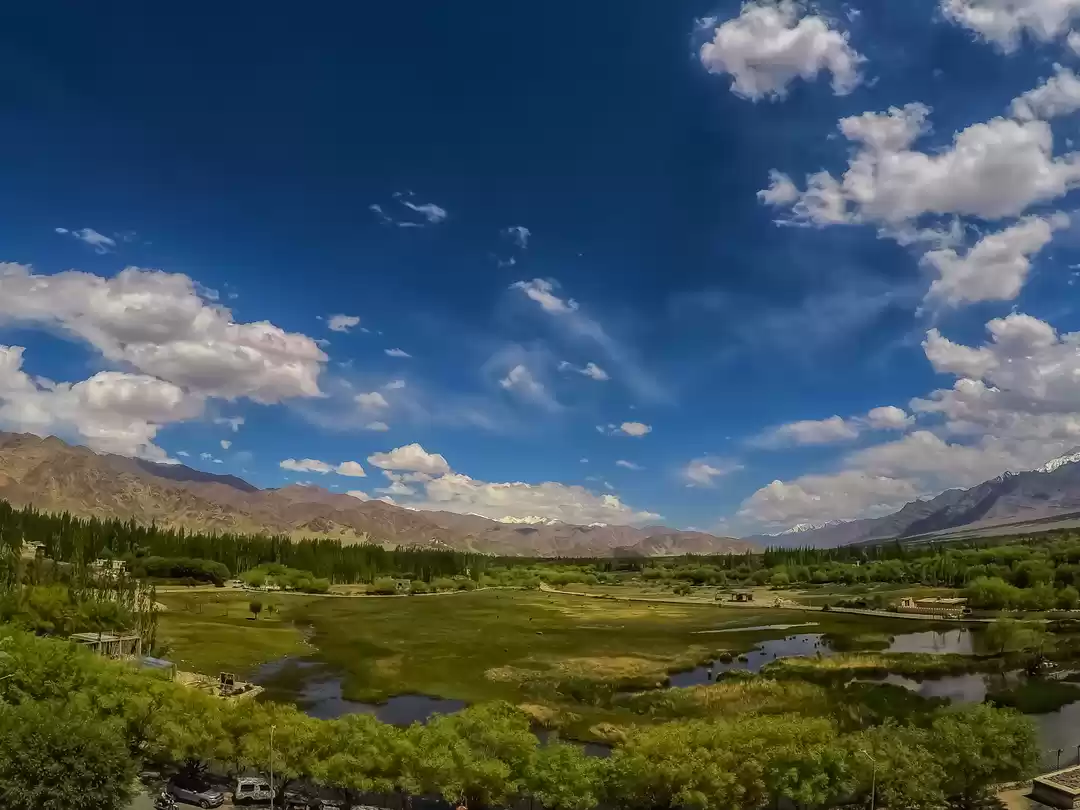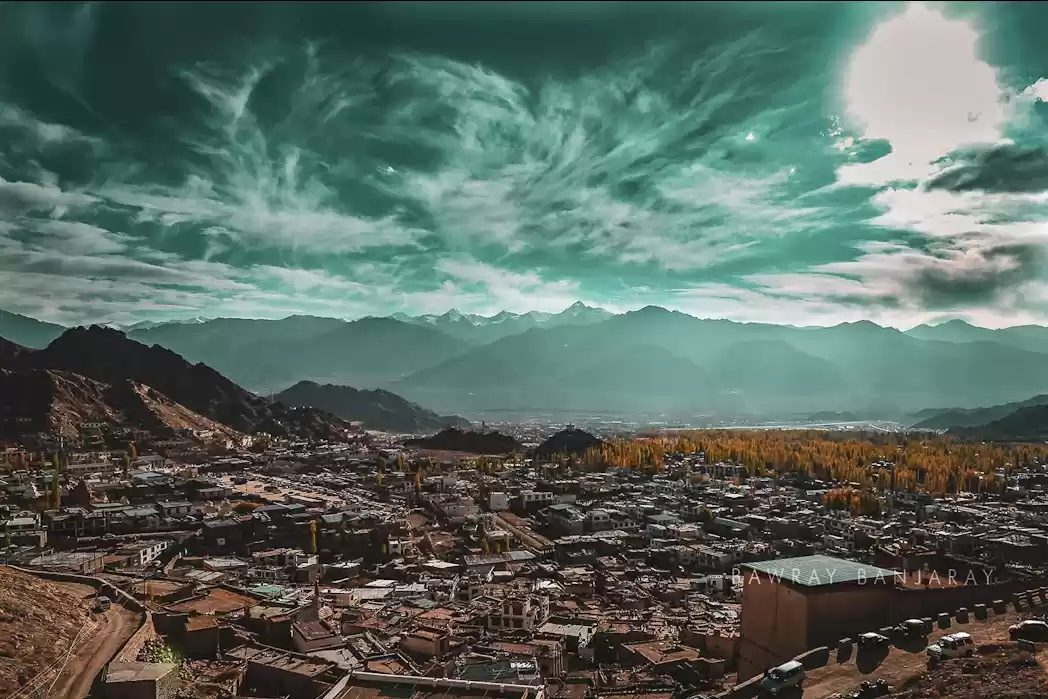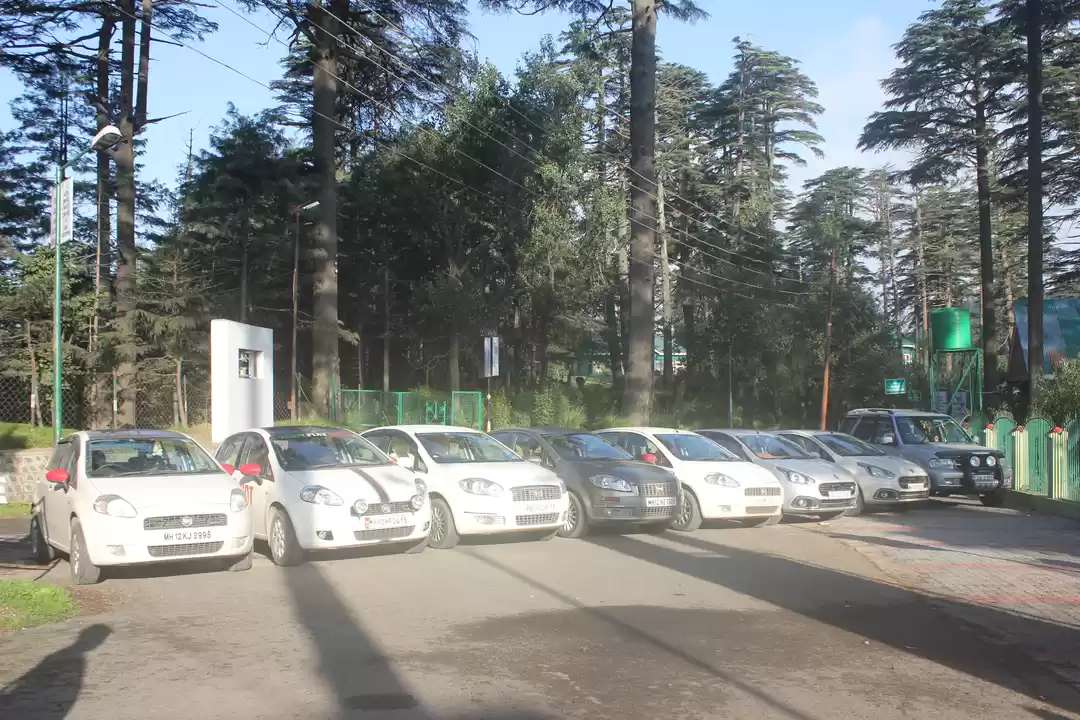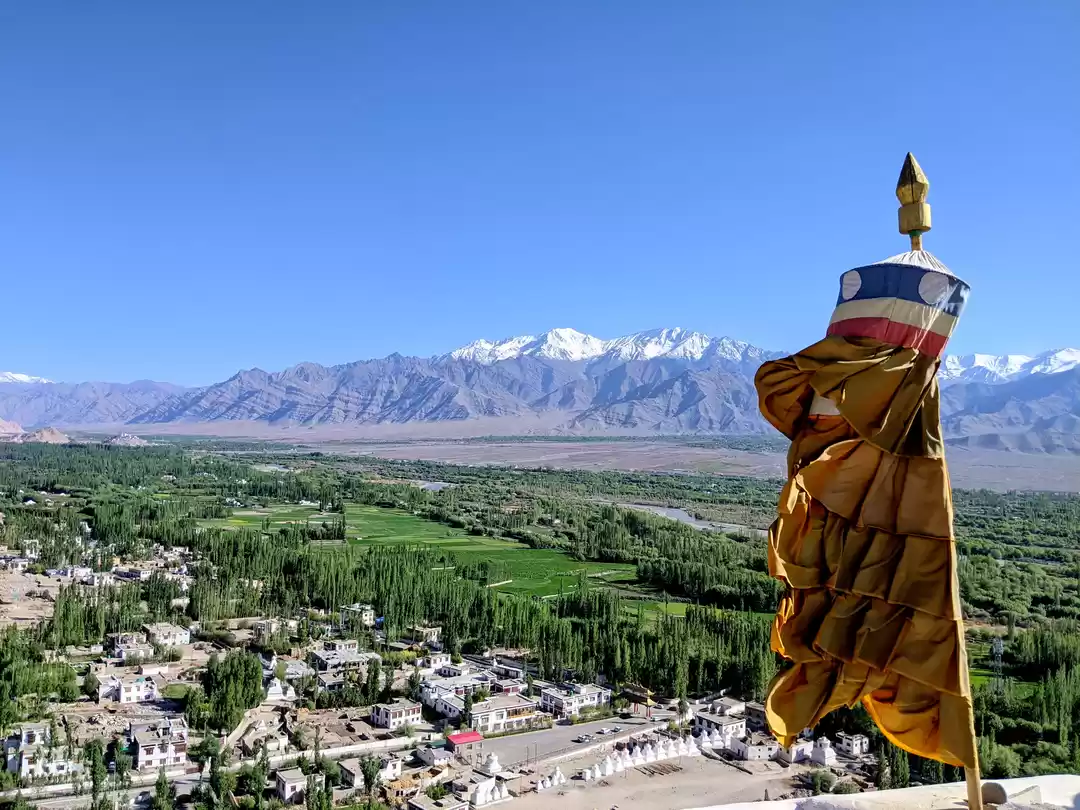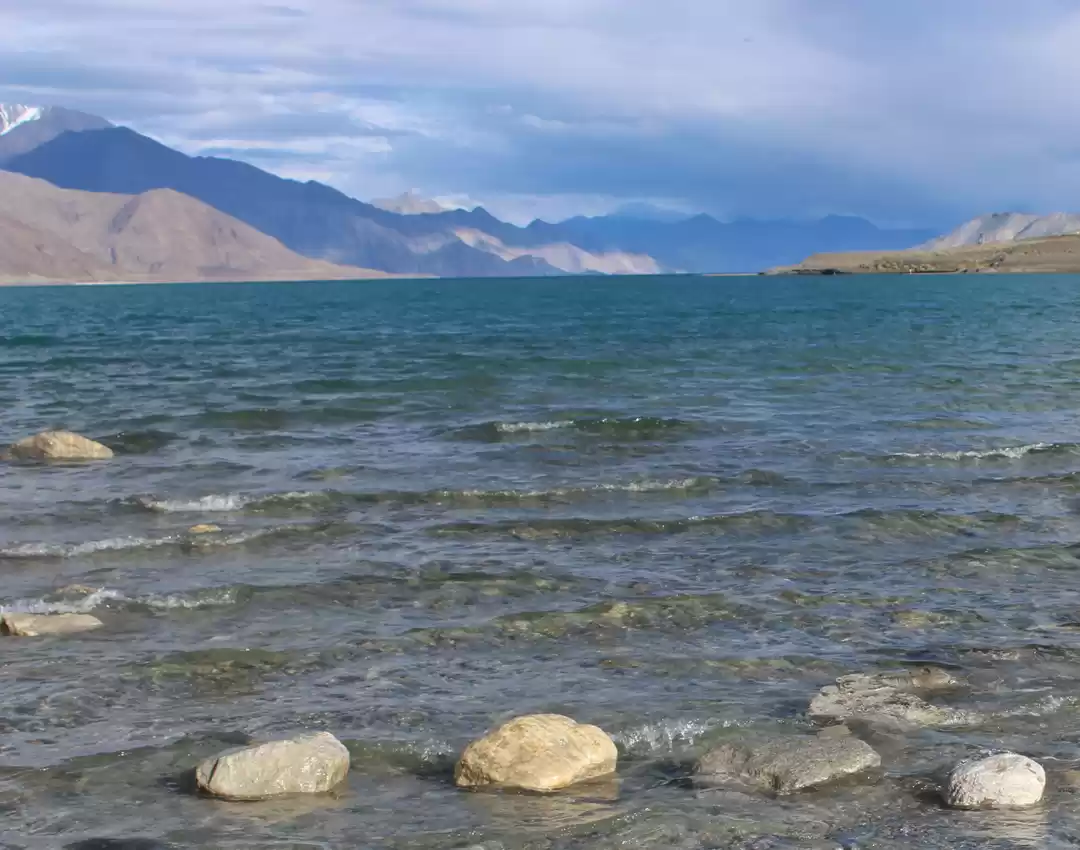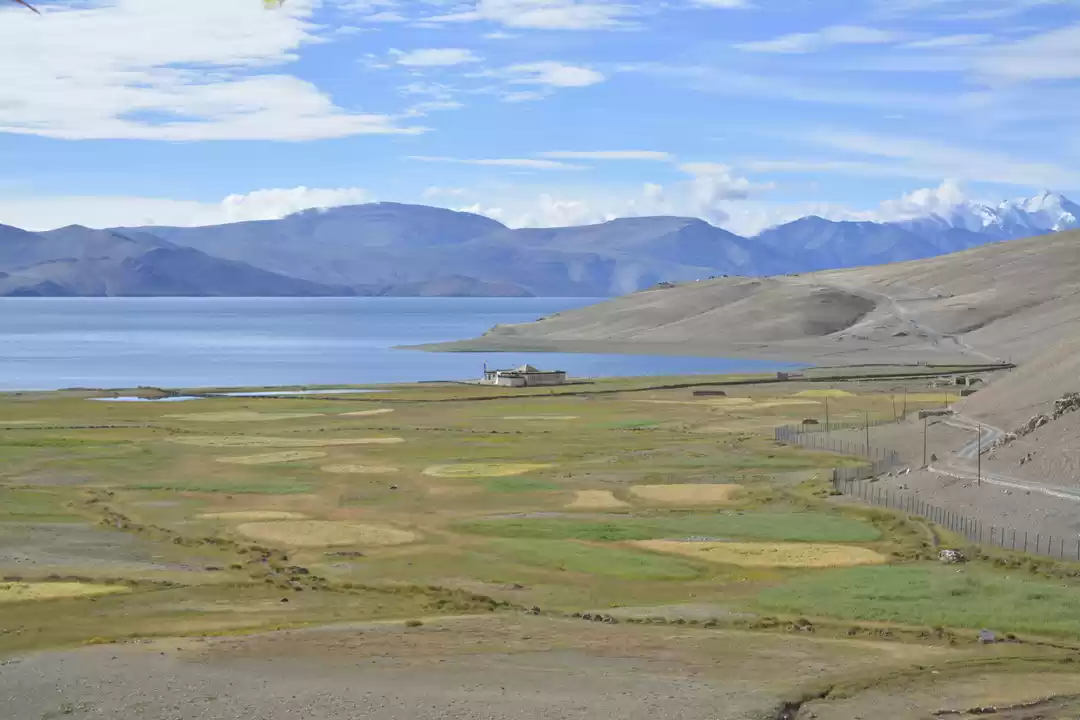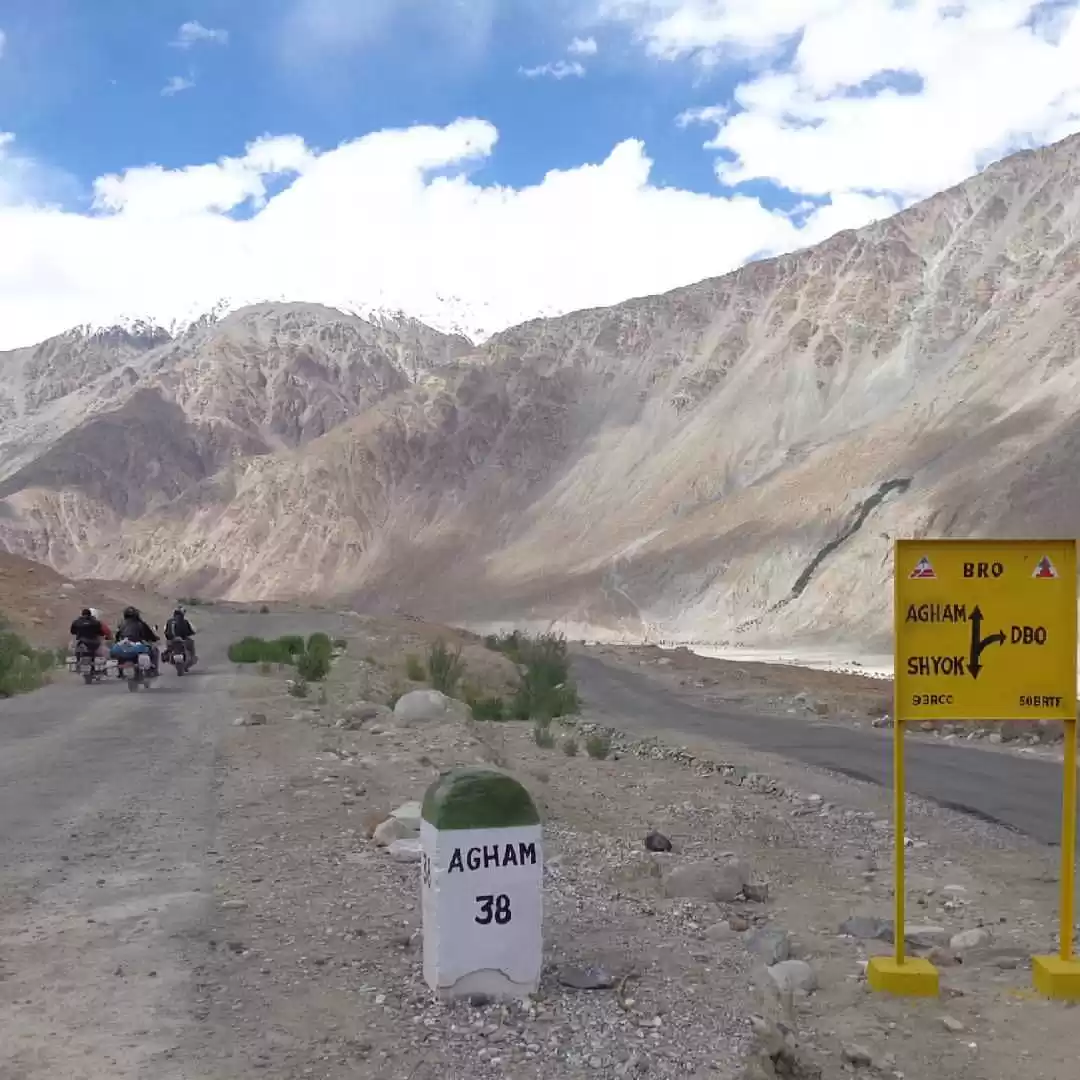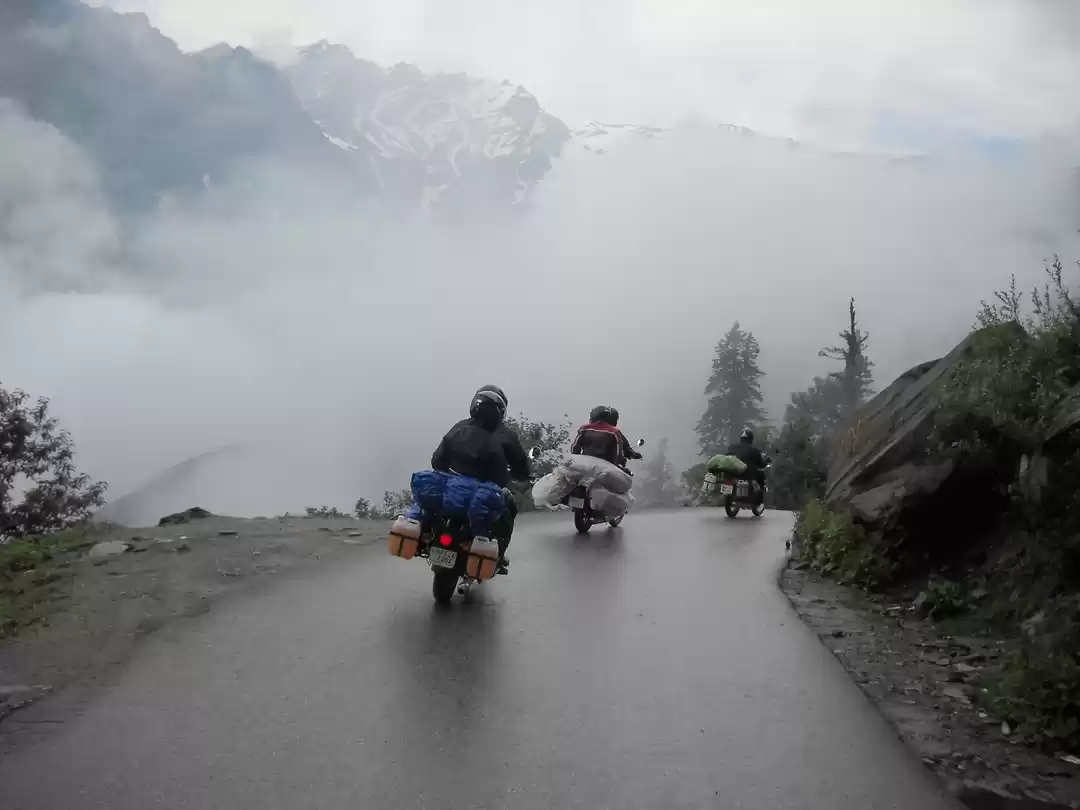Welcome to frontier country. Sandwiched between Chinese occupied Tibet & the disputed Kashmir Valley, Ladakh is sometimes known as “moon land”. Bumping along the dusty roads, it’s easy to see why. The arid, weather beaten landscape has a distinctly lunar quality through which flows the mighty river Indus.
The main port of call in Ladakh is Leh, a bustling tourist town filled with a mix of rosy cheeked Tibetans in traditional dress and tall, pale-eyed Kashmiris. A variety of religious beliefs rub shoulders with each other – the call of the muezzin and the chime of bells from Buddhist shrines become familiar sounds. Ruined Leh Palace looms over the town, hanging precipitously onto the side of a mountain providing a striking landmark. Leh is a great place for shopping, and the streets are filled with villagers from the surrounding areas who come to sell their local produce. Even if you aren’t in the mood for spending, it’s perfect for people watching.
Leaving Leh behind, the remote and desolate landscape is breath taking. Apart from the occasional village, the main signs of habitation are the white washed Buddhist monasteries, or “gompas”, dotted through the mountains. I visited Thiksey Monastery (above) and Likir Monastery to name just two in the region. These working communities are as welcoming as they are isolated. Monks go about their daily routine but always with a friendly smile for visitors, and you are encouraged to take an interest in their activities. I watched these ladies from the local village assist the monks at Thiksey in making butter lamps for their forthcoming festival. Due to their invariably lofty positions, the views from the monasteries are incredible. Although the altitude can be a challenge, it’s worth making the effort to climb up to the highest level.
No visit to the region is complete without experiencing the Leh-Manali Highway, a 490km road that crosses four mountain passes and links high altitude Leh with the heavily forested town of Manali. Although the road was officially completed a few years ago, exposure to regular bad weather means that its condition is poor and maintaining it is a permanent task. Be prepared for a very bumpy ride! The first stage of the journey takes you from Leh to Sarchu, a difficult yet exhilarating drive of approximately 10 hours which includes two passes and one of the highest plateaus in the world. The landscape is bleak with a silent, unearthly quality. Few signs of life exist along this dusty stretch of road, the only exceptions being the occasional herd of yak and the ubiquitous road maintenance gangs who cheer and wave as you rumble past. Day two of the journey along the Leh-Manali Highway sees you leave Ladakh behind and enter the state of Himachal Pradesh. “Himachal” roughly translates as “in the bosom of the snow” and here the scenery takes on a more Alpine feel as the amount of vegetation increases and towering snow-capped peaks surround you.
The bohemian town of Manali is at a lower altitude and is surrounded by thick forests as well as thick clouds, lending it a slightly highland quality. Old Manali is a particular pleasure to visit with many colourful wooden houses and quirky shops. Explore it during the morning, before the majority of backpackers emerge, as you will see the locals going about their business. Be sure to sample the local trout as well.
Heading south out of Manali, the landscape becomes increasingly “Indian” as the temperature rises and you pass lushly forested hills, rushing rivers and monkeys sat on the roadside. It is worth paying a visit to Mandi, a town with very few Western tourists. Here you can discover some of the 81 temples that Mandi boasts. This energetic town is fun to wander through at night as it is full of open fronted shops manned by elderly turbaned Sikhs, Hindu temples in full swing, tuk tuks, cows, donkeys, pigs, you name it……
For another change of pace, head to Dharamsala or more specifically, the small hill station of Mcleodganj a few kilometres beyond the main town. It is famous for being the home of the Dalai Lama and the exiled Tibetan government. As such, Mcleodganj has a large Tibetan population, as well as being popular with Western backpackers (and the occasional Hollywood star). It is also one of the wettest places in India, spending most of the time shrouded in cloud, so be sure to pack your waterproofs! Rain notwithstanding, this is a key stop-off for anyone interested in Tibetan Buddhist culture – the Library of Tibetan Works & Archives being well worth a visit.
My journey ends at Amritsar, near the border with Pakistan. Here, you get to sample yet another flavour of India, as Amritsar is an important Sikh city. The town itself is old and fascinating but the main draw is, of course, the Golden Temple. I had the privilege of visiting at night and again during the early morning. On both occasions the temple was packed with pilgrims yet it still maintained an atmosphere of peace. To visit the temple you must remove your shoes, cover your head and bathe your feet before entering. The most holy Sikh text, the Guru Granth Sahib, is kept here and devotees queue for hours to pay their respects. It is a heady experience and one that should not be missed.






































